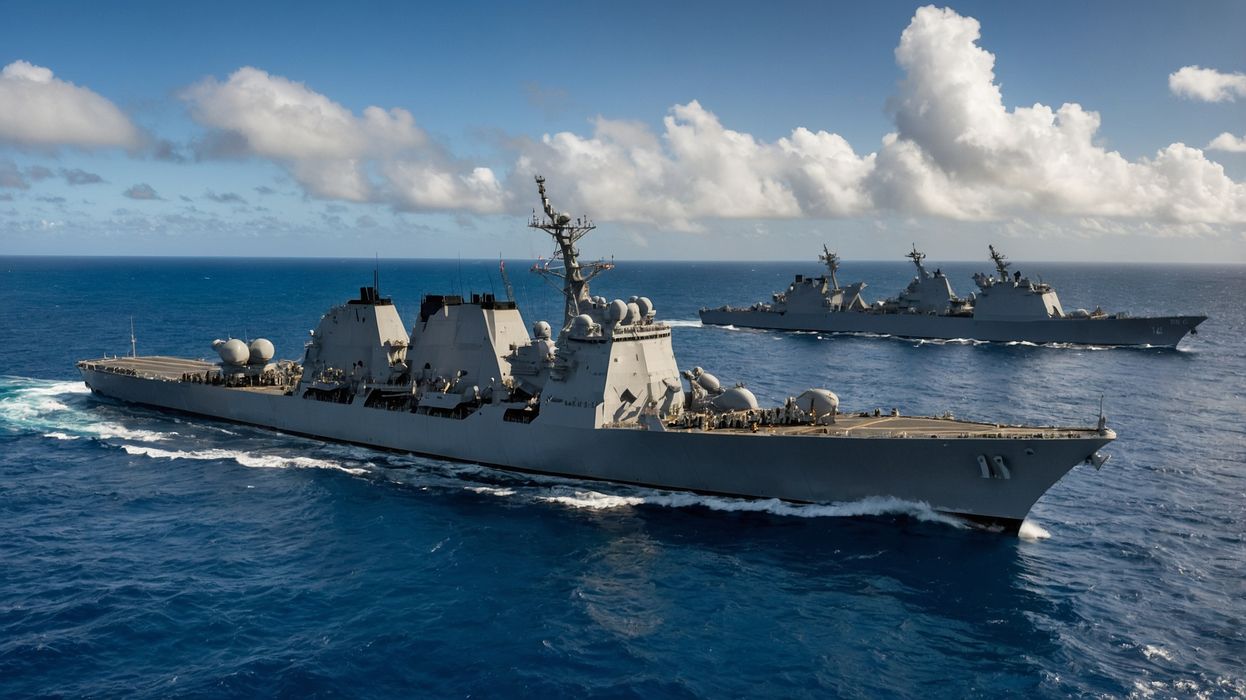
Part of the RIMPAC exercise, Trident Warrior focuses on testing new defense technologies.
SPEE3D has announced the successful completion of Trident Warrior – the experimental portion of the Rim of the Pacific (RIMPAC) exercise – at the Marine Corps Air Station in Kaneohe Bay, HI.
The company deployed its Expeditionary Manufacturing Unit (EMU), which is designed to serve as a complete on-site mobile additive manufacturing (AM) solution. The EMU printed 11 cast-equivalent metal parts from aluminum and stainless steel, which were studied for their material properties and viability for repairing and replacing defense equipment in a contested environment.
RIMPAC is the world’s largest international maritime exercise, and within it, Trident Warrior focuses on testing cutting-edge technologies, including additive manufacturing. A team of engineers from the Consortium for Advanced Manufacturing Research and Education (CAMRE) printed cast-equivalent replacement metal parts from EMU for the Army, Navy and Air Force, Marine, and Coast Guard.
The goal of implementing SPEE3D’s proprietary cold spray additive manufacturing was to prove that AM can help secure military supply chains by reducing the delivery time of critical parts to the point of need.
“SPEE3D is thrilled to be included in RIMPAC, the largest distributed advanced manufacturing demonstration the Department of Defense has ever conducted to date,” said Byron Kennedy, CEO of SPEE3D in a press release. “In particular, additive manufacturing has been a major area of interest for the Department of Defense, and together, we have the same goals to train the military and implement additive manufacturing to print crucial metal parts at the point of need to support modernization and warfighter readiness.”
Lt. Col. Michael Radigan, a member of the Marine Innovation Unit and the government lead on the CAMRE team for Trident Warrior 24 elaborated, “CAMRE facilitates getting the latest in advanced manufacturing into operational settings and finds ways to unlock additional capabilities. SPEE3D worked side-by-side with our joint participants to further research on cold spray additive manufacturing and helped us uncover best practices to apply its unique capabilities in expeditionary environments.”
According to SPEE3D, EMU combines the company’s metal 3D printer, XSPEE3D, with its SPEE3Dcell post-processing and testing unit. Together, these can produce cast-equivalent metal parts in considerably less time than traditional methods.
The system includes two 20-foot containers with twist locks, a ruggedized, mobile metal 3D printer that can produce high-density metal parts in a range of materials, and a fully-equipped post-processing shop – including a heat treatment furnace, CNC three-axis mill, tooling, and testing equipment. In service of mobility, EMU can be transported on a single platform by truck trailer, ship or plane.
Read the rest of this story at ENGINEERING.com
